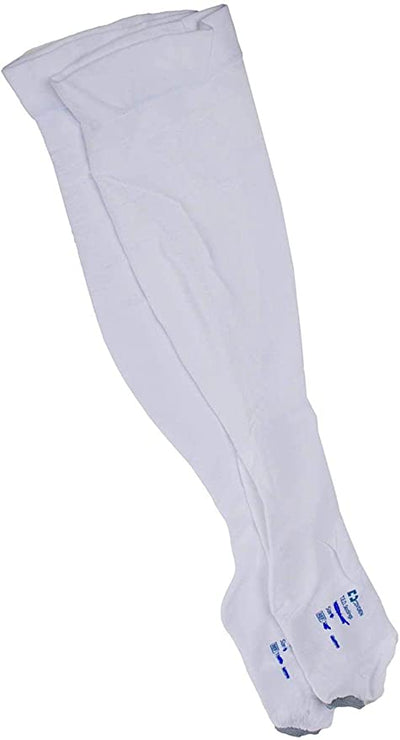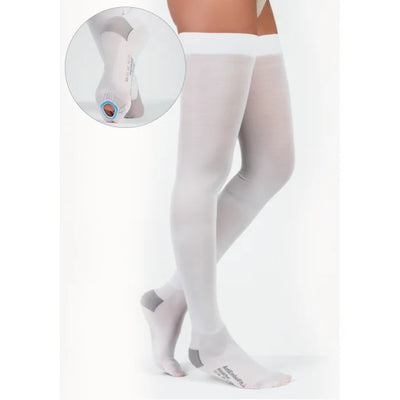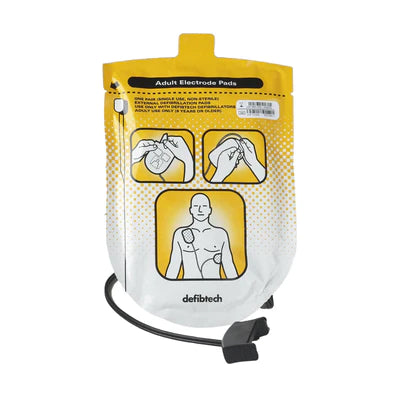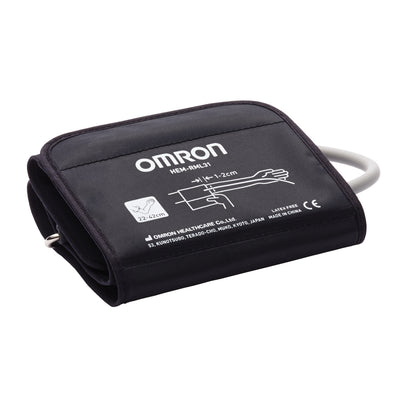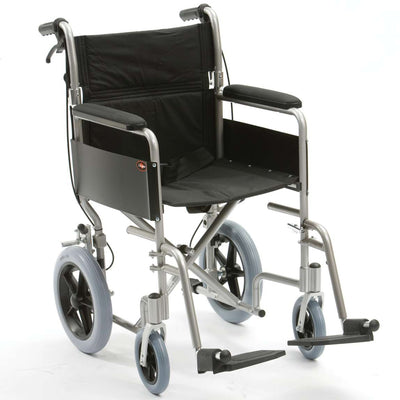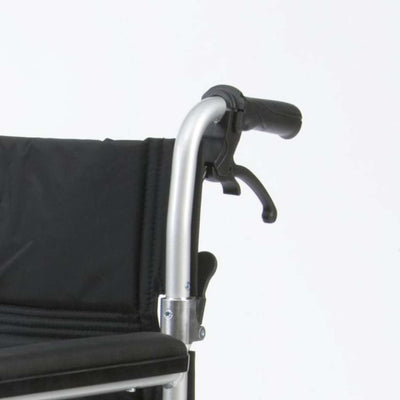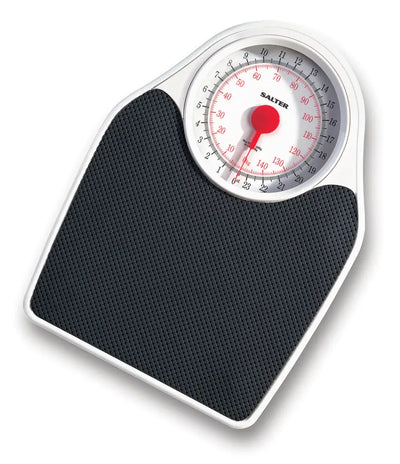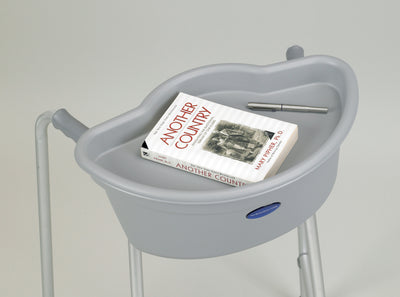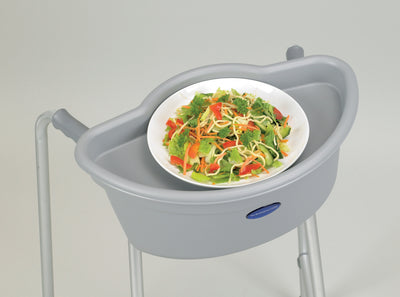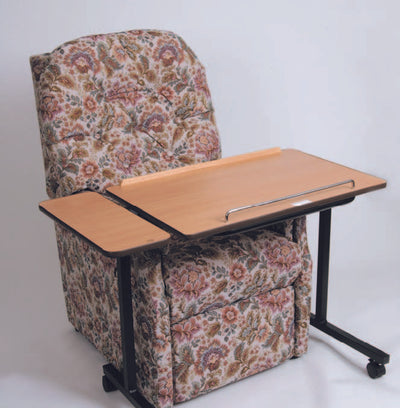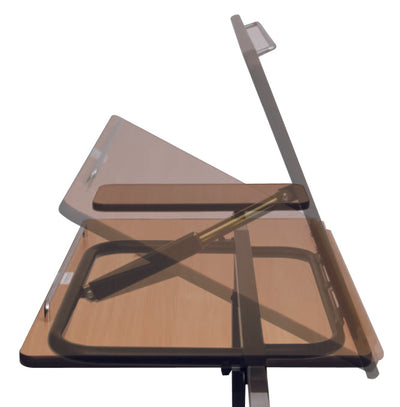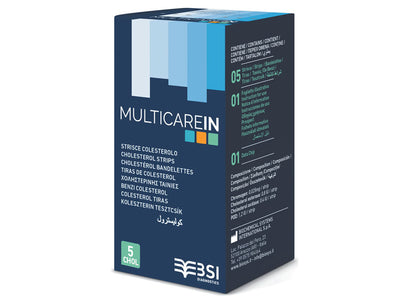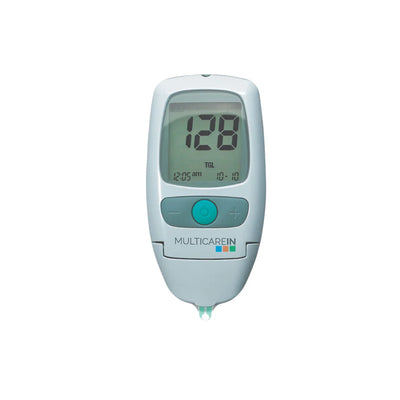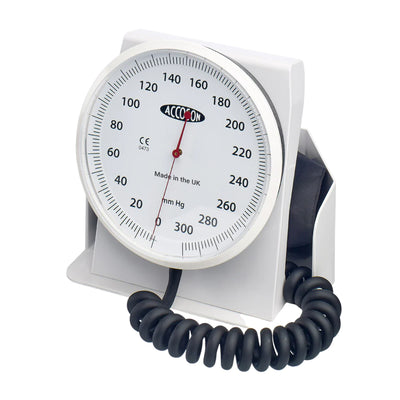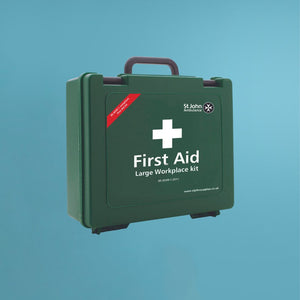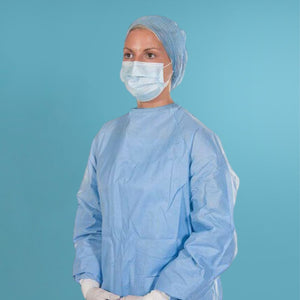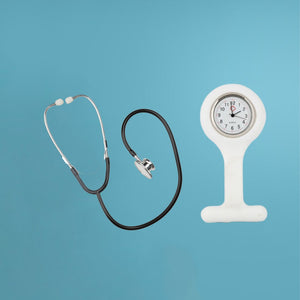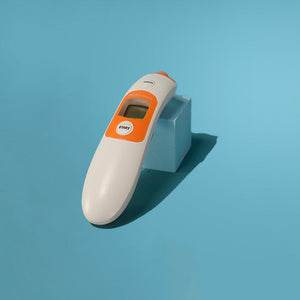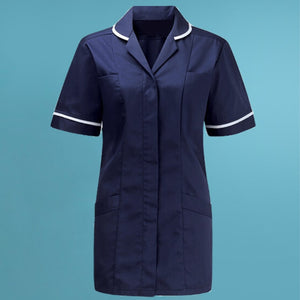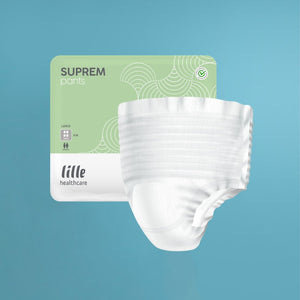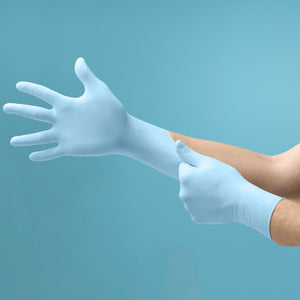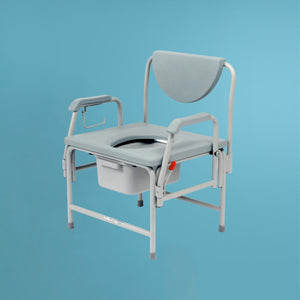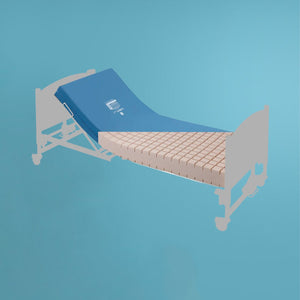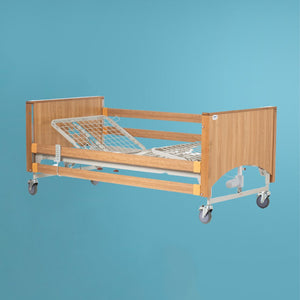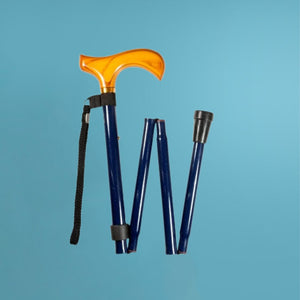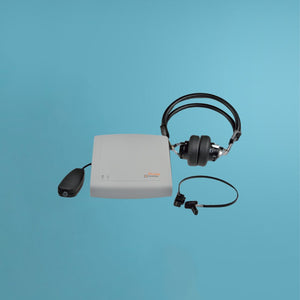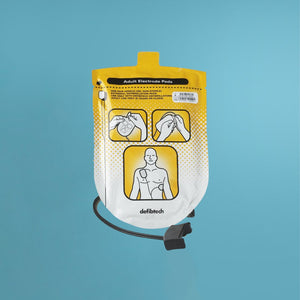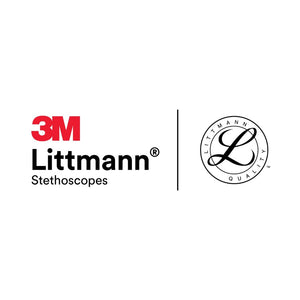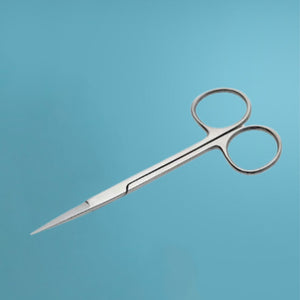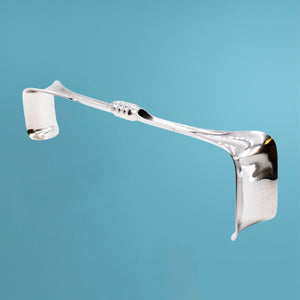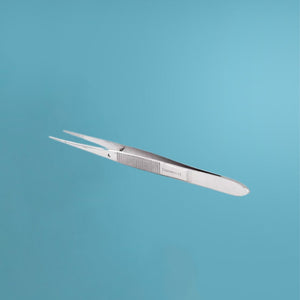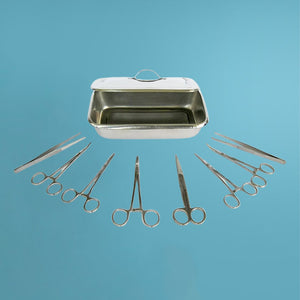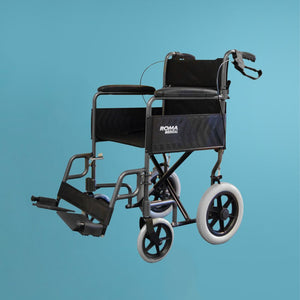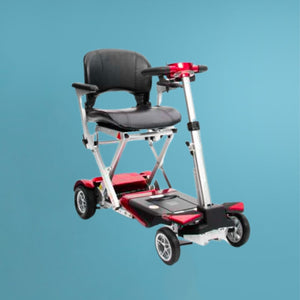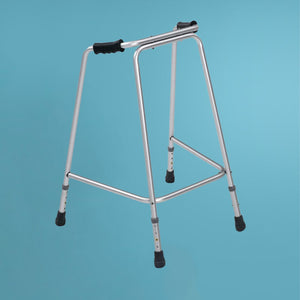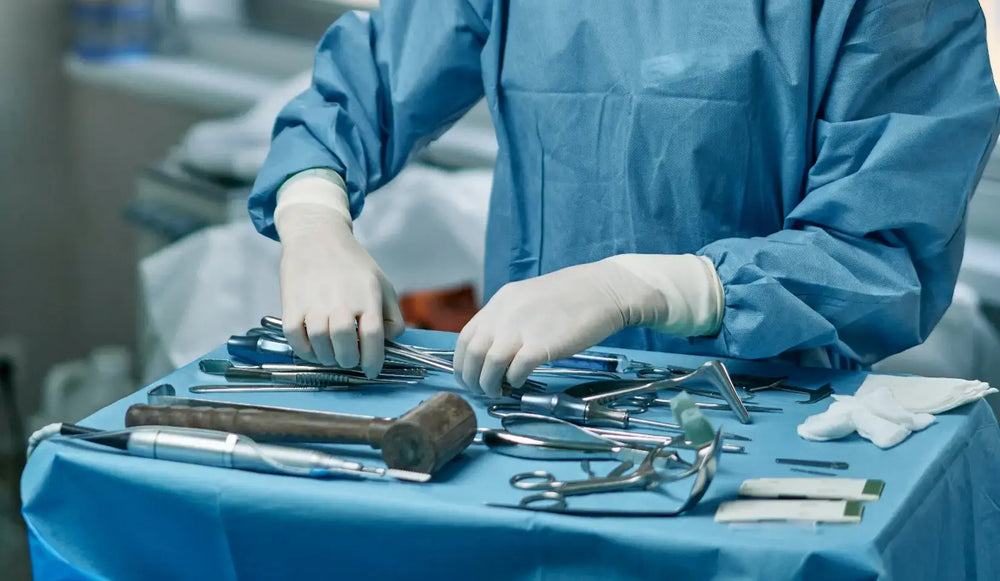If you’re a medical student, starting your surgical training or you’re a student nurse on theater placement you’ll be learning about a whole host of new surgical instruments and equipment. Knowing what they’re all called and what they all do is going to be a big part of your upcoming training.
So here’s an easy to follow guide taking you through the instruments you’ll find on a basic surgery tray and what they will be used for.
What Types of General Surgery Instruments are there?
In general, a basic surgical instrument tray will hold instruments from these 5 different categories:
Cutting instruments
Grasping instruments
Haemostatic Instrument
Retracting Instruments
Tissue Unifying Instruments
Cutting Instruments:
Surgical Scissors are specially manufactured for cutting sutures, dressings as well as dissecting and cutting biological tissue. They can be straight or curved and are usually made from surgical steel or material that allows their cutting edges to be sharper and more durable.
There are two main mechanical types of scissors used in surgery:
Ring scissors, which look and work very much like regular scissors. These will include Mayo Scissors or long handled scissors, used for cutting soft or hard tissue.
Spring forceps, which rely on a spring pivot joint action and are used mostly in eye surgery or microsurgery.
Grasping Instruments:
Grasping instruments are used to hold or manipulate tissue during surgical procedures. Predominantly, these would include items such as forceps and clamps, as well as surgical clips used for holding drapes in place during surgery.
Forceps can be ratcheted for holding tough tissue, tissue that needs to be removed or muscle. They can also be smooth like the Gillies Tissue Forceps and used for more gentle grasping where tissue mustn’t be manipulated without being damaged.
Haemostatic Instruments:
Haemostatic instruments are used to stop bleeding during procedures. These are also forceps but, notably, are designed to have better grip than those used for grasping.
Instruments like Spencer Wells Forceps are haemostatic and are ratcheted with either straight or curved jaws, with ridged teeth. Haemostatic forceps work by clamping shut blood vessels to effectively stop any bleeding.
Retracting Instruments:
Retracting instruments are used to separate the edges of an incision or wound and allow clearer access to the body parts that need to be operated on. They hold away organs and tissues that might be blocking the way to the area of importance to the procedure.
Surgical retractors come in a variety of different shapes, each designed for specific purposes. Some will have right-angled end, like the Richardson Retractor, for separating the edges of an incision while others like the Travers Self Retraining Retractor will be used to keep deep wounds and incisions open and have a ratchet system in the handle which allows it to hold itself in place.
Unifying Instruments:
Unifying instruments are used to reunify tissue towards the end of the procedure. These include surgical needle holders used to hold suturing needles when sewing body tissue by hand.
It also includes surgical needles and staples used to suture wounds, incisions and tissue.
While this is by no means an exhaustive list of the surgical items you’ll come across in a basic surgical instrument tray, it will provide a rough guide to the kind of items you’ll need to know and understand in your training.
Need more help? We stock a huge variety of surgical instruments and equipment.
For all your Medical and Homecare supplies give us a call at Mediworld.
We have over 40 years experience in medical, surgical, mobility and home health supplies and we're always on hand to chat if you need support or advice.
